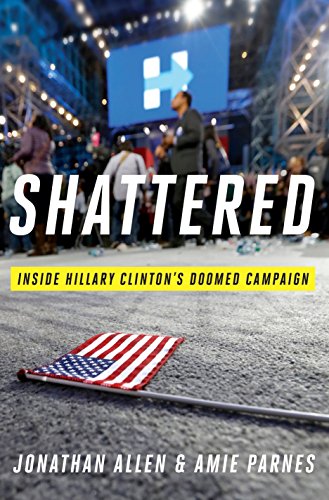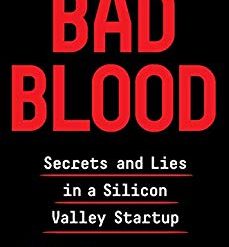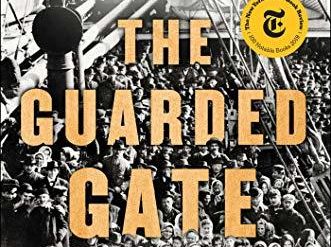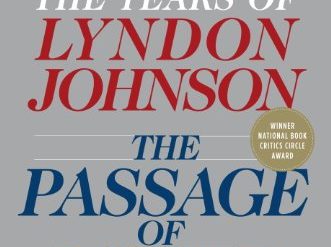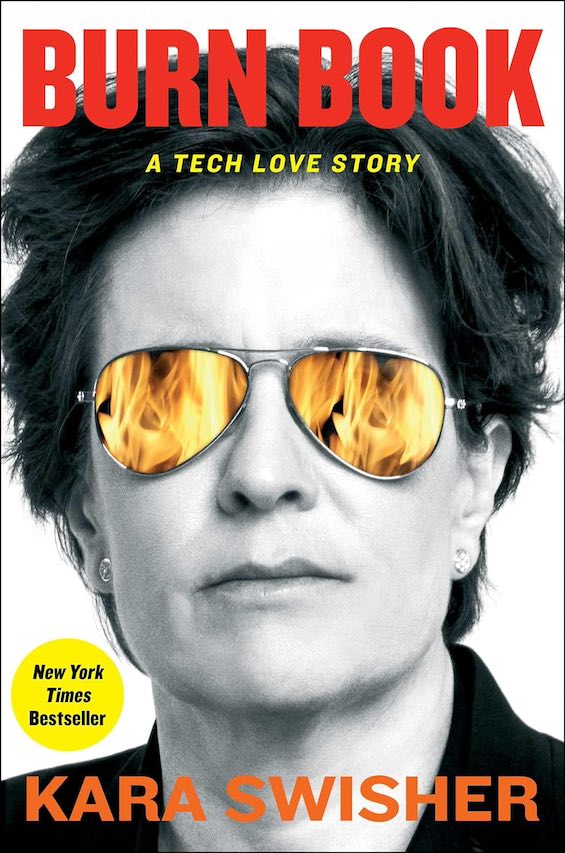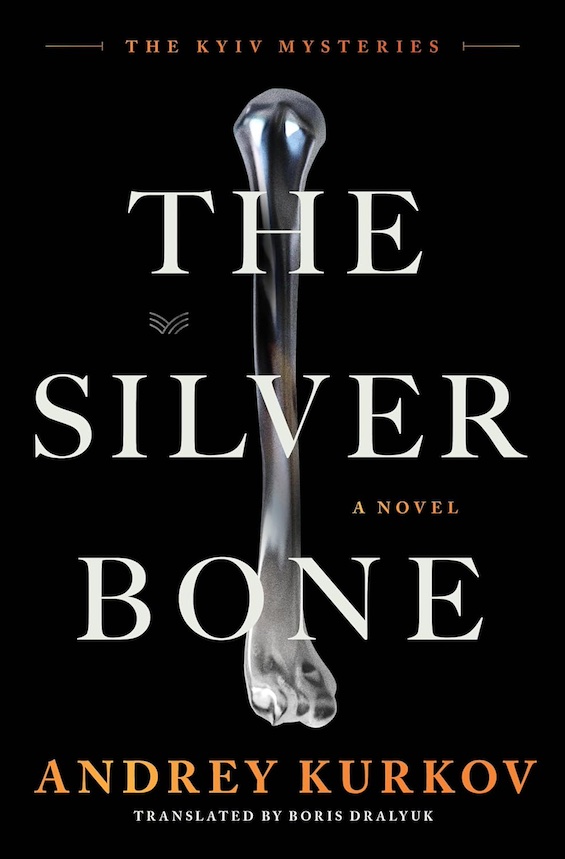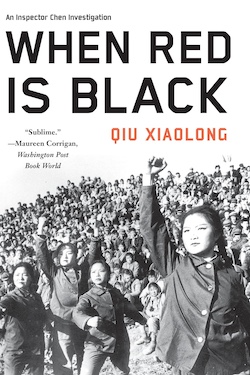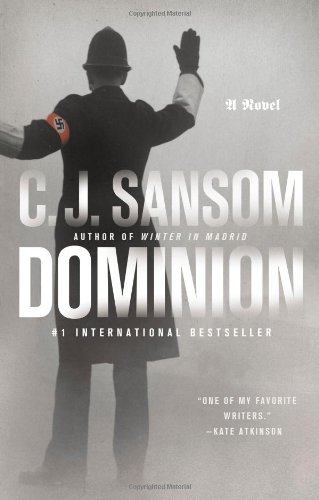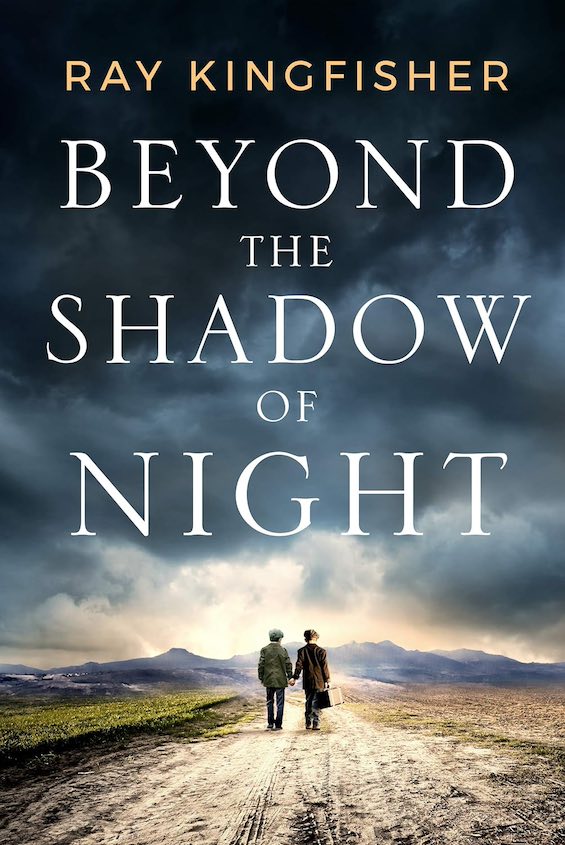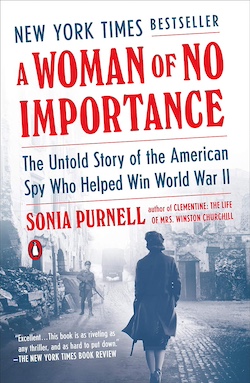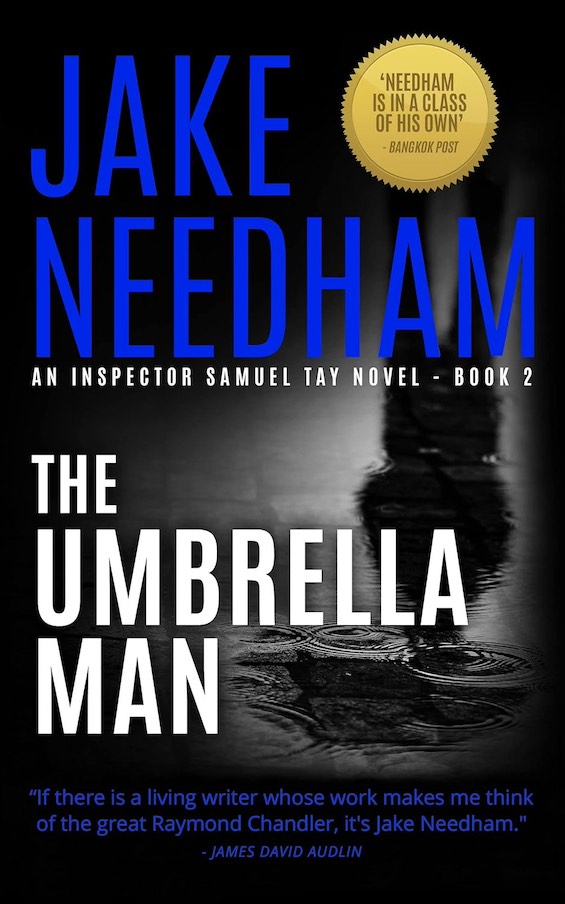
How did Hillary Clinton lose an election she was so widely expected to win? How did Donald Trump win that election despite abundant evidence that he was unprepared and ill-suited to hold the office? Two journalists, Jonathan Allen and Amie Parnes, attempt to answer those questions in Shattered: Inside Hillary Clinton’s Doomed Campaign. In writing the book, they brought unique advantages to the task: they began reporting on the Clinton campaign late in 2014, nearly two years before the election and many months before Clinton’s announcement she was running; and they were afforded an insider’s perspective by permitting the more than 100 people they interviewed to speak “on background,” to ensure (since their comments could not be publicly attributed to them).
Missteps in the 2016 election
Trouble surfaced early. “Clintonworld sources started telling us in 2015 that Hillary was still struggling to articulate her motivation for seeking the presidency.” Clinton never managed to solve this problem. Allen and Parnes make clear that the candidate’s failure to explain why she wanted to be president is one of the root causes for her defeat. The authors assert that “this was a winnable race for Hillary. Her own missteps—from setting up a controversial private e-mail server and giving speeches to Goldman Sachs to failing to convince voters that she was with them and turning her eyes away from working-class whites—gave Donald Trump the opportunity he needed to win.”
Shattered: Inside Hillary Clinton’s Doomed Campaign by Jonathan Allen and Amie Parnes ★★★★★
Blaming the loss on others
Hillary Clinton herself feels differently. She attributes the loss to “the FBI (Comey), [Russian intelligence], and the KKK (the support Trump got from white nationalists).” However, a small “number of her close friends and high-level advisers holds that Hillary bears the blame for her defeat. This case rests on the theory that Hillary’s actions before the campaign . . . hamstrung her own chances so badly that she couldn’t recover.” And then there was her failing to prove that “she had a vision for the country rather than visions of power.”
To my mind, there’s truth in all these analyses. Clinton did ask for trouble with that e-mail server and those speeches on Wall Street. She did most certainly fail to understand, much less address, the concerns of world-class white people, and the staff and friends she surrounded herself with were unable to help her do so. (“‘I don’t understand what’s happening with the country. I can’t get my arms around it,’ Hillary confided.”) Yet it’s also clear that Russian attempts to steer the election to Trump and the clearly partisan intervention of FBI Director James Comey were among the proximate causes of her defeat.
The role of the FBI Director in the 2016 election loss
Of all these factors, it’s my distinct impression that Comey’s public comments may have played an outsize role in turning sentiment against Clinton. He twice went public with inappropriate announcements about the investigation into her e-mail server—without ever revealing that the FBI was investigating the Trump campaign about possible collusion with the Russians. And the second of those announcements came on Oct. 28, less than two weeks before the election, when early voting was already underway in many states. And I’m not alone in believing this: on FiveThirtyEight, his popular blog, Nate Silver wrote two days before the election that on Oct. 28 “Clinton had an 81 percent chance of winning the election according to our polls-only forecast. Today, her chances are 65 percent according to the same forecast.” Silver still predicted that Clinton would win, but the drop in support he reported was striking.
However, I’m not at all sure that historians writing about this election decades from now will view any of these factors as instrumental in Hillary Clinton’s defeat. The seeds were sown beginning in the early 1970s, when the major corporations in the U.S. Chamber of Commerce joined the wealthy conservative activists who were funding Right-Wing think tanks in a concerted effort to undermine the liberal consensus that had dominated American politics since the days of FDR.
A constellation of forces dogged Hillary Clinton
In the nearly five decades that followed, those forces gained control of the Supreme Court, upended the progressive tax structure that had been in place for half a century, virtually destroyed the labor movement, captured the attention of tens of millions of Americans with heavily biased news coverage and commentary through Fox News and Right-Wing talk radio, enabled corporate money to swamp Congress with platoons of lobbyists and flood into the political process, captured most of the nation’s governorships and state legislatures, and facilitated the rise of the Tea Party while turning a blind eye to the rise of the racist white nationalist “alt-right.” It was this constellation of forces that began their assault on Hillary Clinton as soon as she took up residence in the White House as First Lady in 1993.
Broader problems in the Democratic Party
All the while these developments were unfolding, the Democratic Party made its own important contribution to what eventually became Hillary Clinton’s problem. No sooner had George McGovern lost the 1972 election to Richard Nixon than the Party began drawing the wagons into an ever-tightening circle that excluded the hundreds of thousands of liberal activists who had supported McGovern. Within a decade, the Party had turned to corporate America for the increasingly massive amounts of money needed to win elections.
The Democrats’ turn to the Right culminated in the presidency of Bill Clinton. No Republican could have succeeded in enacting so many neoliberal policies as Bill Clinton did—on trade, criminal justice, welfare, deregulation, and loosening the constraints on Wall Street. In effect, a “New Democrat” enacted much of the Republican agenda. The result was to accelerate the country’s loss of manufacturing jobs, incarcerate millions of people (predominantly people of color), aggravate the homeless problem, cause suffering among millions thrown off welfare, and set the stage for the Great Recession a decade later by enabling the Big Banks to gamble with their customers’ money.
Many reasons explain why Hillary Clinton lost the 2016 election
In the final analysis, I believe, this combination of historical forces explains why Hillary Clinton lost in 2016. It’s why she entered the race with two out of every five Americans viewing her negatively, and why the Democratic Party and its neoliberal agenda had ceased to be relevant to millions of working-class Americans. Had the Party catered to its base rather than to Wall Street (beginning in the 1970s) and had Clinton’s disapproval ratings been more in line with those of most other Democratic politicians, she would have walked away with the race—Donald Trump, the Russians, and James Comey notwithstanding.
However, in Shattered, Allen and Parnes focus on the trees, not the forest. The book is a look inside the Clinton campaign that anyone interested in electoral politics will find fascinating. Historians, perhaps not so much.
For related reading
There are two books I’ve reviewed about important women in politics who are contemporaries of Hillary Clinton:
- Becoming by Michelle Obama (The Michelle Obama memoir is an extraordinary story)
- Pelosi by Molly Ball (A critical but admiring biography of Nancy Pelosi)
For a longer-term perspective on the politics depicted in this book, see What It Took to Win: A History of the Democratic Party by Michael Kazin (A stirring history of the Democratic Party).
Like to read books about politics and current affairs? Check out Top 10 nonfiction books about politics.
And you can always find my most popular reviews, and the most recent ones, on the Home Page.

